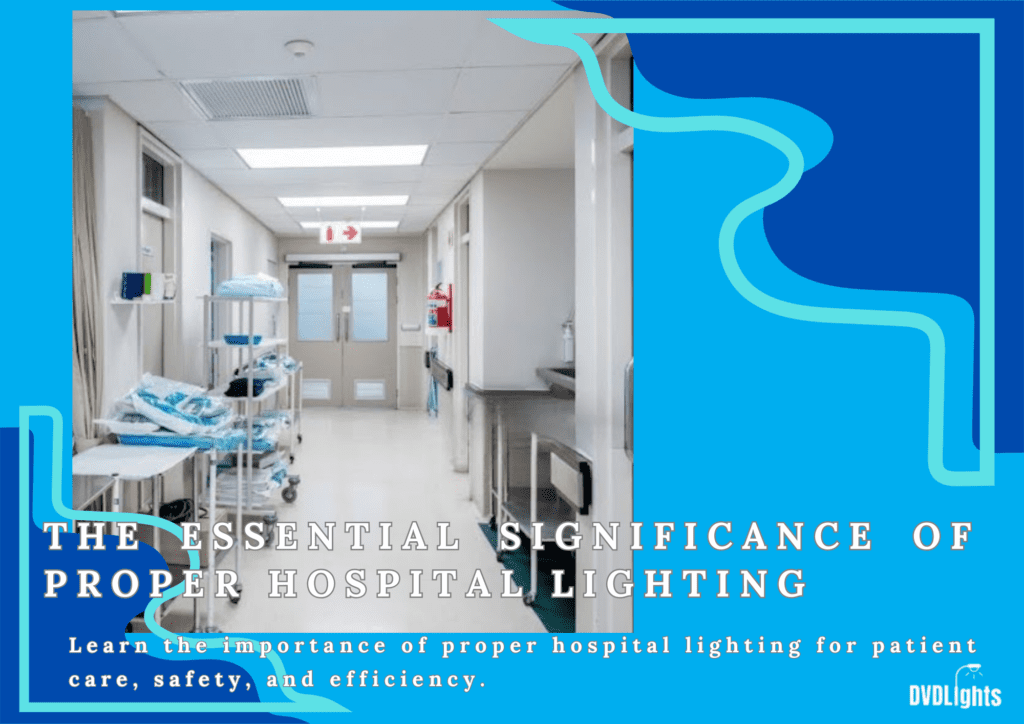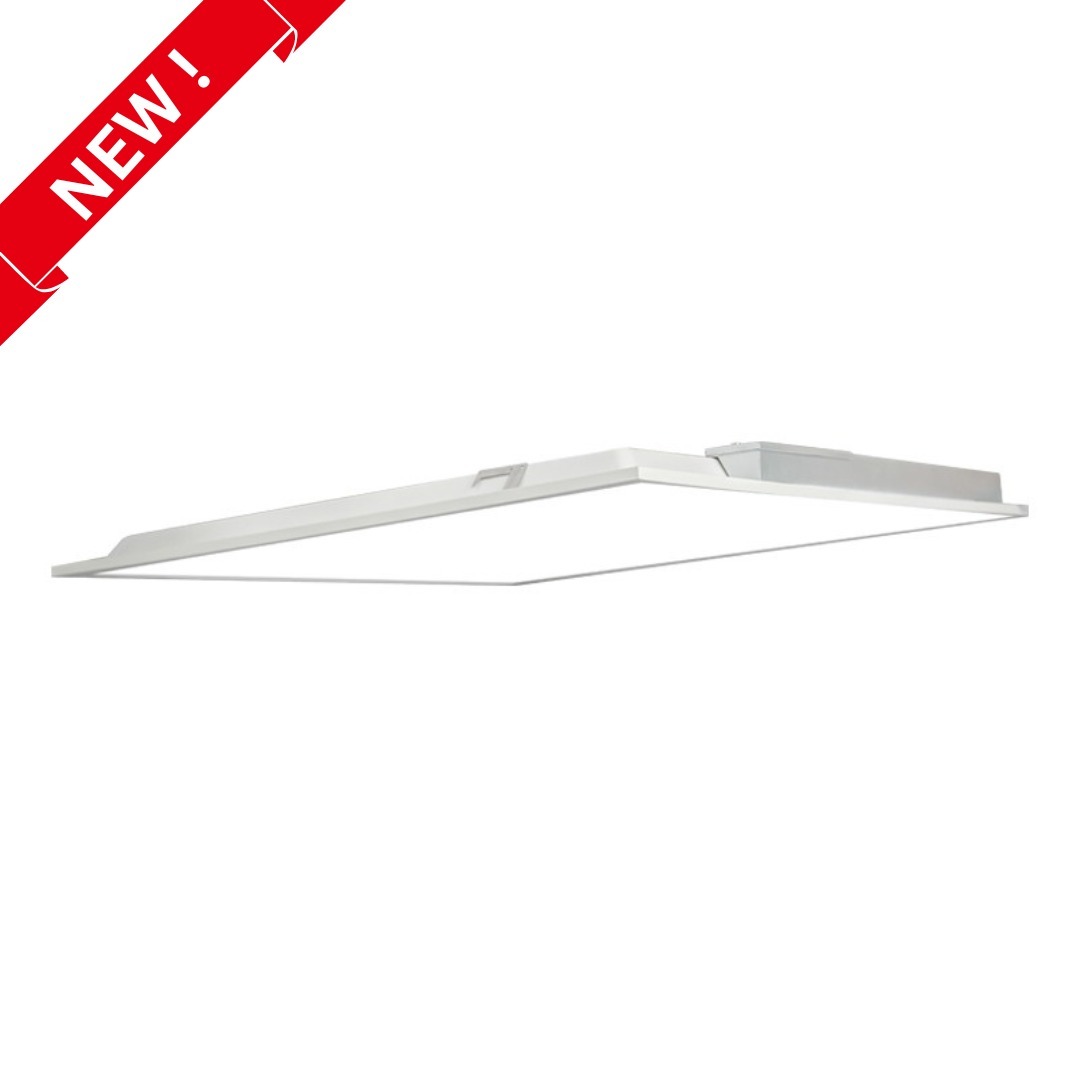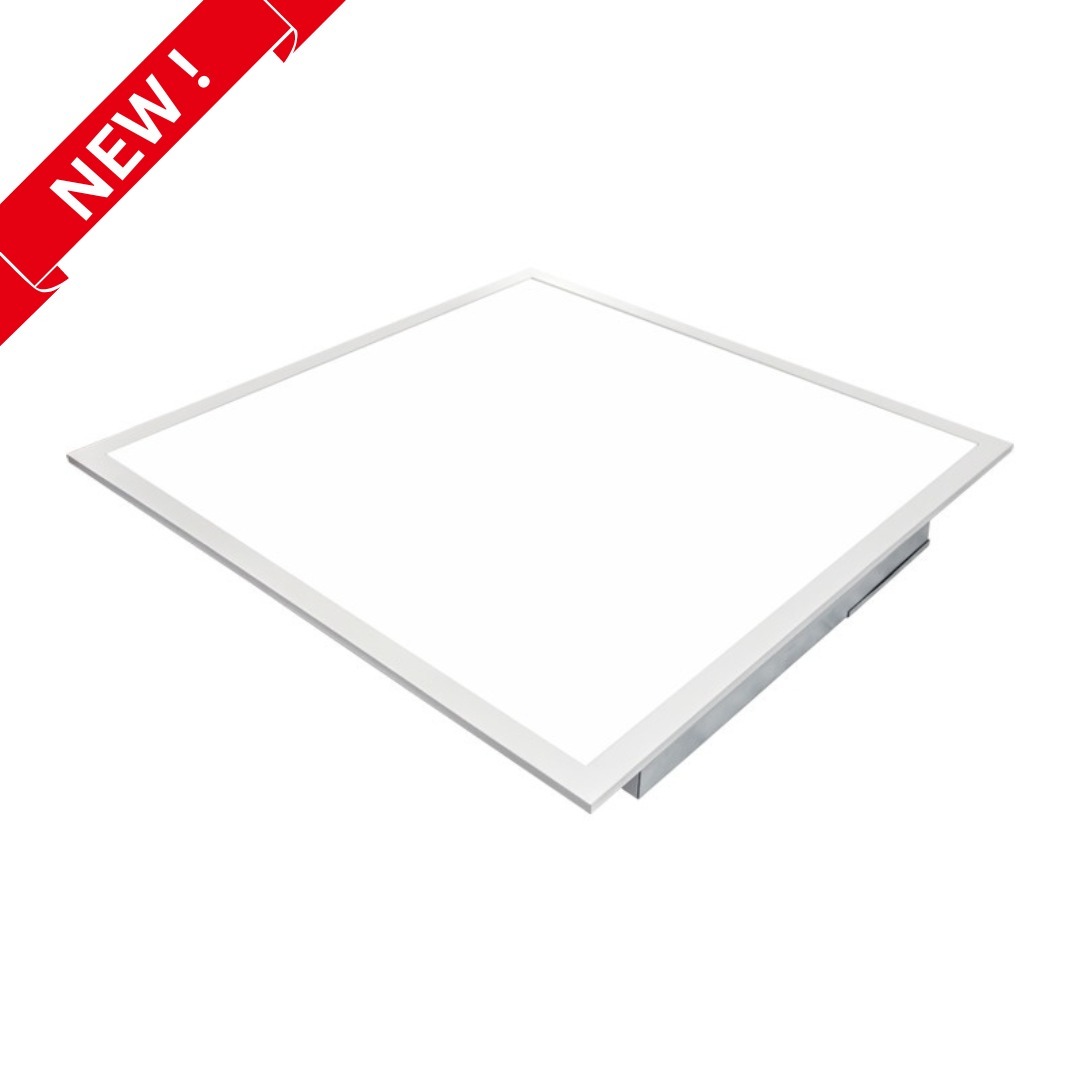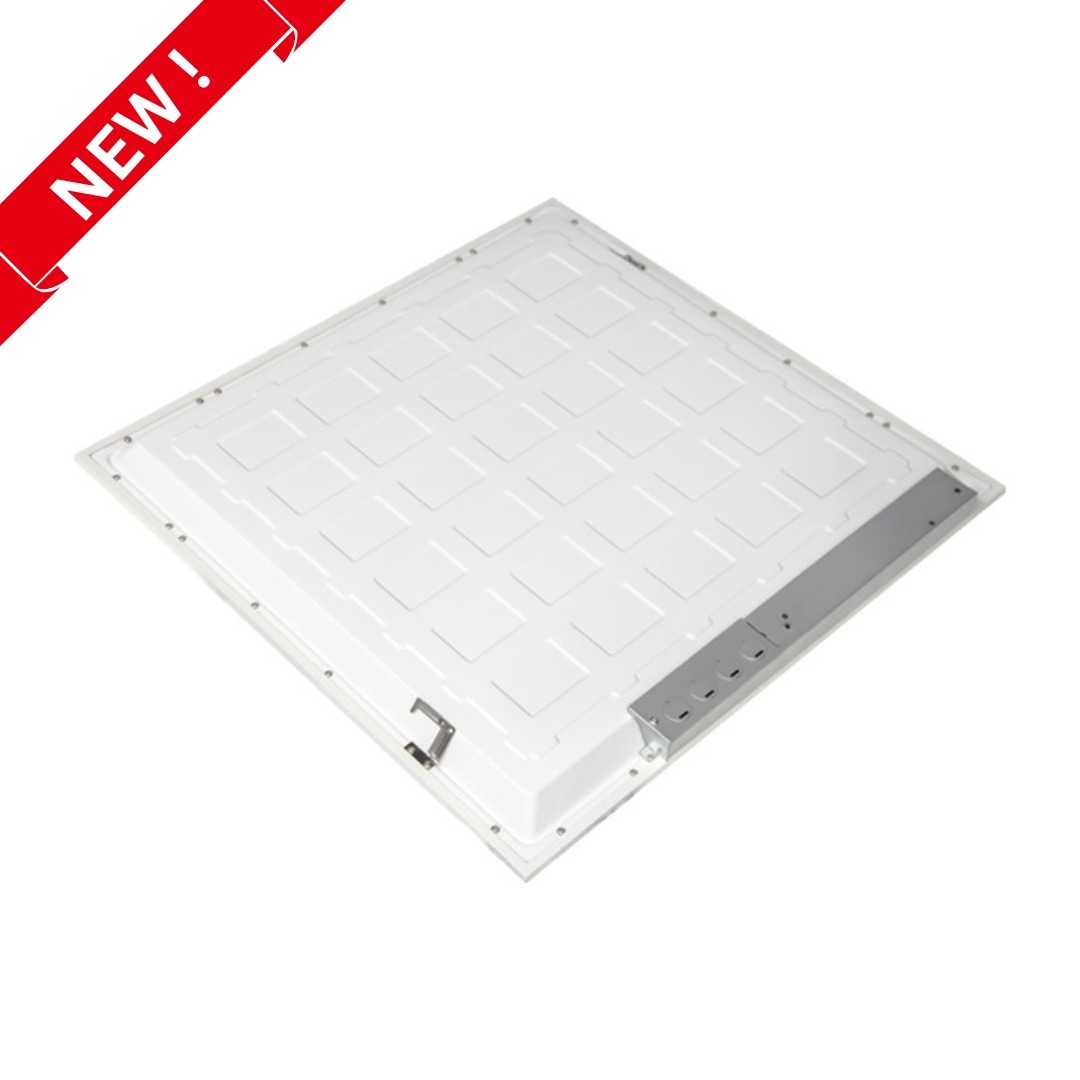In the healthcare sector, where precision and patient well-being are paramount, the role of hospital lighting often goes unnoticed. However, the right lighting is crucial for creating a safe, comfortable, and efficient environment for both patients and healthcare professionals. From improving patient recovery to aiding medical staff in performing critical tasks, lighting in hospitals has a direct impact on the quality of care.
Photo from sturti via istock
1. Enhancing Patient Recovery
Studies have shown that proper lighting can have a profound effect on patients’ mental and physical health. Exposure to natural light, in particular, helps regulate the body’s circadian rhythm, promoting better sleep, reducing stress, and improving overall mood. Hospitals that prioritize access to daylight in patient rooms see quicker recovery times, as it helps reduce anxiety and contributes to a sense of well-being.
In spaces without sufficient natural light, such as intensive care units or operating rooms, LED lighting can simulate the effects of daylight. By mimicking the natural day-night cycle, healthcare facilities can support a healing environment even in enclosed spaces.
Photo from s-cphoto via istock
2. Boosting Medical Accuracy and Efficiency
In medical settings, precision is everything, and proper lighting plays a significant role in ensuring accurate diagnoses and procedures. Bright, focused lighting is essential in operating rooms, examination rooms, and laboratories where tasks require high levels of concentration. Poor lighting conditions can lead to mistakes, affecting patient safety.
LED panel lights and adjustable LED downlights are increasingly being used in modern hospital design due to their efficiency, brightness, and adaptability. They provide consistent illumination and minimize shadows, enabling healthcare professionals to work in an optimal environment.
Photo from HRAUN via istock
3. Reducing Fatigue in Healthcare Workers
Healthcare workers often endure long, demanding shifts. Inadequate lighting can lead to eye strain, fatigue, and decreased alertness, all of which can negatively affect their performance. A well-designed lighting system that mimics natural light can help maintain energy levels and focus throughout the day and night. Adjustable lighting solutions allow medical staff to personalize their workspace, providing brighter light for detailed work and softer light for routine tasks.
Additionally, hospitals are adopting circadian lighting systems that adjust the color temperature throughout the day, helping to reduce worker fatigue during long hours of operation.
Photo from VILevi via istock
4. Creating a Safe and Comfortable Environment
Proper hospital lighting is also important for ensuring safety. In corridors, waiting rooms, and emergency areas, good visibility reduces the risk of accidents, such as trips or falls. Moreover, well-lit areas enhance a patient’s sense of security and comfort, which can be especially important in high-stress situations like emergency rooms or psychiatric wards.
Hospitals that implement ambient lighting solutions create a soothing atmosphere for patients and visitors, particularly in recovery areas. Soft, warm lighting can help reduce stress and promote a calming environment, essential for patient relaxation and mental well-being.
Photo from imaginima via istock
5. Energy Efficiency and Sustainability
With hospitals operating 24/7, energy efficiency is a critical consideration. Traditional lighting solutions, such as fluorescent lights, consume significant energy and require frequent replacements. LED lighting, on the other hand, offers a more sustainable alternative by using less energy and having a longer lifespan. Hospitals can reduce their carbon footprint and energy costs by switching to LED solutions without compromising on the quality of light.
Furthermore, many modern LED systems can be automated, adjusting brightness according to natural light levels or the time of day, providing further energy savings.
6. Technological Advancements in Hospital Lighting
As technology advances, so does hospital lighting. New smart lighting systems allow for complete control over lighting conditions. These systems can be programmed to adjust based on the time of day or specific medical procedures, ensuring that the right lighting conditions are always available.
For example, UV lighting systems are being incorporated into hospital lighting design to sterilize rooms between patient visits, further enhancing safety and hygiene. This combination of functionality and innovation ensures that hospitals are not just lit, but lit with purpose.
Types of Lighting for General Areas of a Hospital
Hospitals consist of various areas, from corridors to waiting rooms and patient lounges. In these general spaces, proper lighting is crucial for creating a safe, welcoming environment. One highly suitable option for these areas is the 6 Bulb Fixture LD Series T8 LED Tubes Bay Light. These lights provide bright, even illumination across large spaces, making them ideal for high-traffic areas like hallways and lobbies. The LD Series T8 LED tubes are energy-efficient and long-lasting, offering significant energy savings while ensuring sufficient lighting coverage.
The 6 Bulb Fixture LD Series T8 LED Tubes Bay Light can also be dimmed, allowing hospitals to adjust the light levels depending on the time of day or specific needs, such as providing a softer ambiance for patient relaxation areas. This flexibility makes them an excellent choice for a variety of hospital settings.
LED Downlights: These lights are ideal for providing focused illumination in specific areas like hallways or entryways. LED downlights are energy-efficient and can be recessed into ceilings, offering a clean, modern look. They provide bright, even light, helping to maintain visibility in high-traffic areas while reducing energy consumption.
LED Panel Lights: LED panel lights are widely used in hospitals for their ability to offer broad, uniform lighting. These lights are perfect for larger areas like waiting rooms and general patient areas where even distribution of light is essential. LED panel lights also help create a welcoming atmosphere by minimizing glare and shadows.
Conclusion
Proper hospital lighting is not just about visibility—it’s about creating an environment that supports healing, reduces stress, ensures safety, and boosts medical performance. As healthcare facilities continue to evolve, so too must their lighting solutions, embracing technologies that not only benefit patients but also improve operational efficiency and sustainability.
From recovery rooms to operating theaters, the essential significance of proper hospital lighting cannot be overstated. It’s a vital element in modern healthcare design, contributing to both patient outcomes and the overall effectiveness of the medical staff. As more hospitals recognize its importance, the future of healthcare lighting looks brighter than ever.
FAQs
- Why is proper lighting important in hospitals?
- Proper lighting in hospitals ensures patient comfort, supports healing, enhances the accuracy of medical tasks, reduces fatigue in healthcare workers, and promotes a safe environment.
- How does hospital lighting affect patient recovery?
- Exposure to natural light or lighting that mimics daylight helps regulate a patient’s circadian rhythm, leading to better sleep, reduced stress, and quicker recovery times.
- What are the benefits of using LED lighting in hospitals?
- LED lighting provides energy efficiency, consistent illumination, reduced maintenance costs, and adaptability in different medical environments like operating rooms and recovery areas.
- How can lighting systems reduce fatigue in healthcare workers?
- Circadian lighting systems and adjustable lighting allow workers to maintain focus and energy during long shifts, reducing fatigue and eye strain.
- What role does lighting play in hospital safety?
- Proper lighting reduces accidents by improving visibility in hallways, waiting rooms, and emergency areas, while also promoting a sense of security for patients and visitors.




















